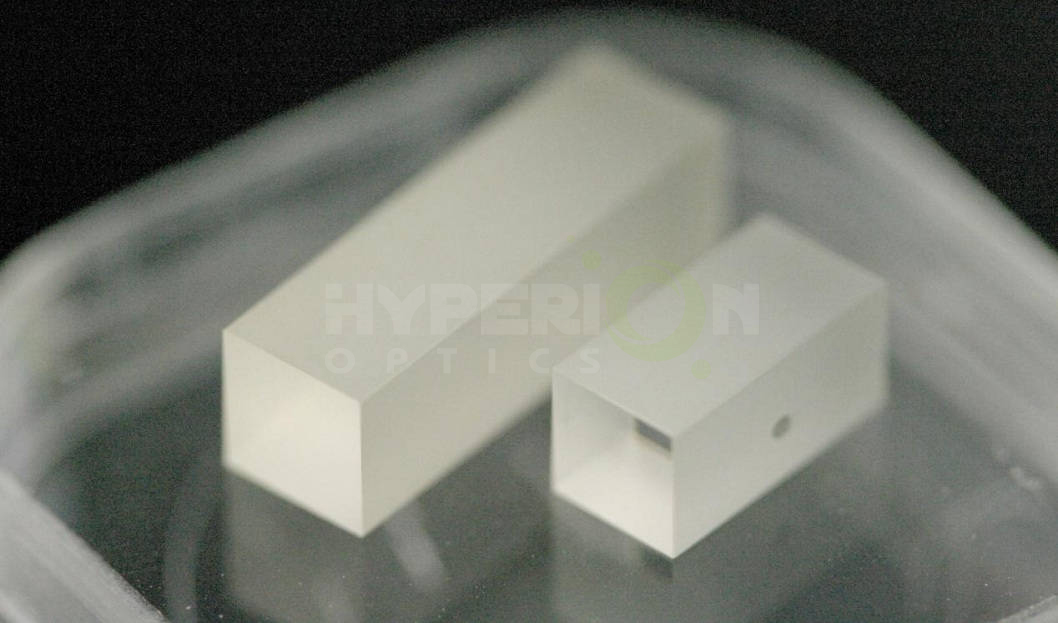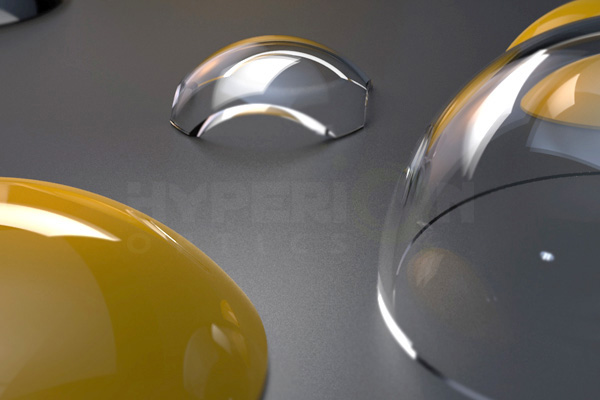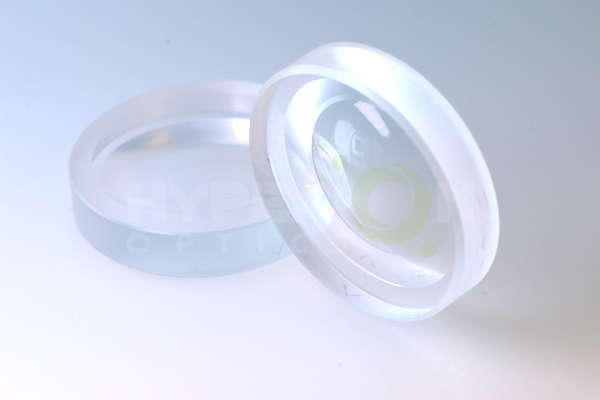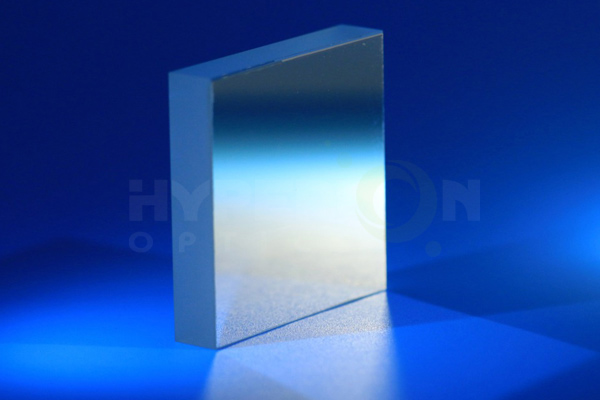
The BBO Crystal is a high-temperature phase of BaB2O4, is an excellent birefringent crystal an efficient NLO crystal for the second, third and fourth harmonic generation of Nd: YAG lasers, and the best NLO crystal for the fifth harmonic generation at 213 nm. Conversion efficiencies of more than 70% for SHG, 60% for THG and 50% for 4HG, and 200 mW output at 213 nm (5HG) have been obtained, respectively. BBO Crystal has been widely used in 2,3,4 or 5 harmonic generations for high power visible/UV sources, and optical parametric conversions for high power broadly tunable sources.
Advantages of BBO Crystals
Specifications
Aperture: 2x2 ~ 25x25mm
Lenght: 0.01 - 25mm
Cutting Angle of BBO Crystal q and f: Determined by different kinds of harmonic generation
Phase matching type: Type I or Type II
End Configuration: Plano/Plano or Brewst/Brewst or Specified
Specifications of BBO Crystal
Angle tolerance: Δθ< ± 0.5°; Δφ< ±0.5°
Dimensional Tolerance: (W ± 0.1mm) x (H ± 0.1mm) x (L + 0.2mm/-0.1mm)
Flatness: <λ/8 at 633nm
Surface Quality: 10/5 S/D
Parallelism: < 20 arc seconds
Perpendicularity: < 5 arc minutes
Wavefront Distortion: <λ/8 at 632.8nm
Clear Aperture: Central 95%
Chamfer: 0.15x45°
Coating: * Protective coating is required to prevent polished surfaces from fogging.
* Anti-reflective coating should be considered if low reflectivity is required.
If you want to know BBO crystal price and more information, please leave us a message.



 Call us on:
Call us on:  Email us:
Email us:  9B-4F, No.1 Qingnian Road Liando U Valley,Yuhua International Wisdom Valley, Nanjing, 210039 China
9B-4F, No.1 Qingnian Road Liando U Valley,Yuhua International Wisdom Valley, Nanjing, 210039 China 








 English
English  cn
cn  de
de  es
es  fr
fr 


